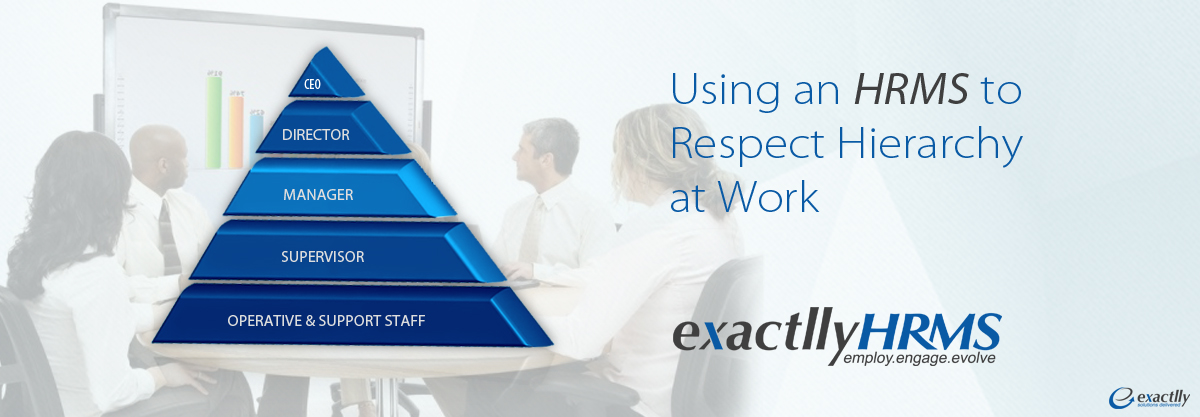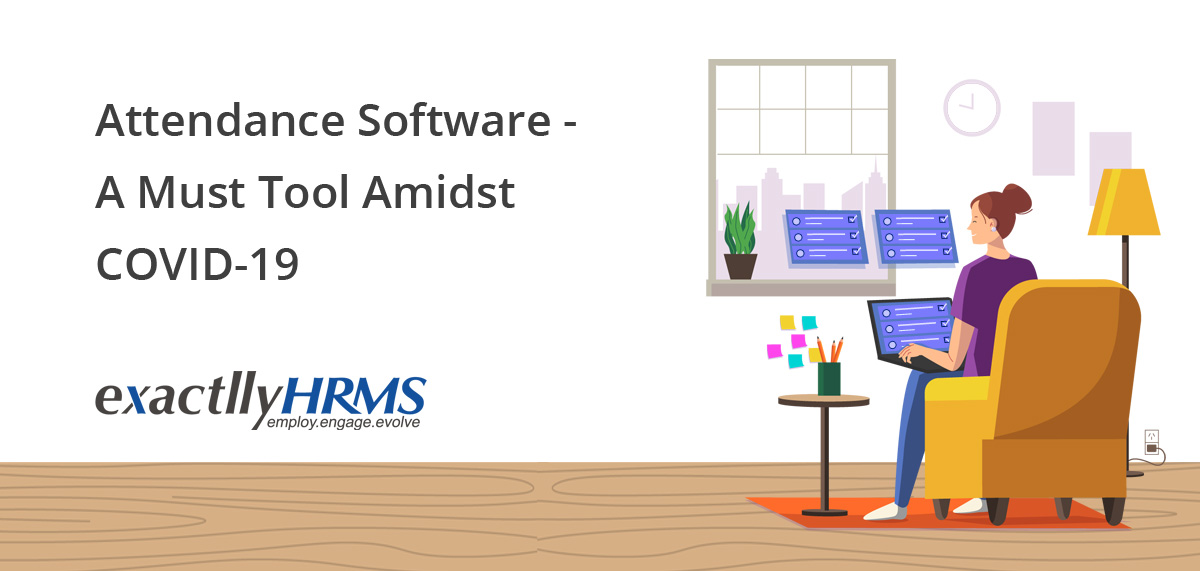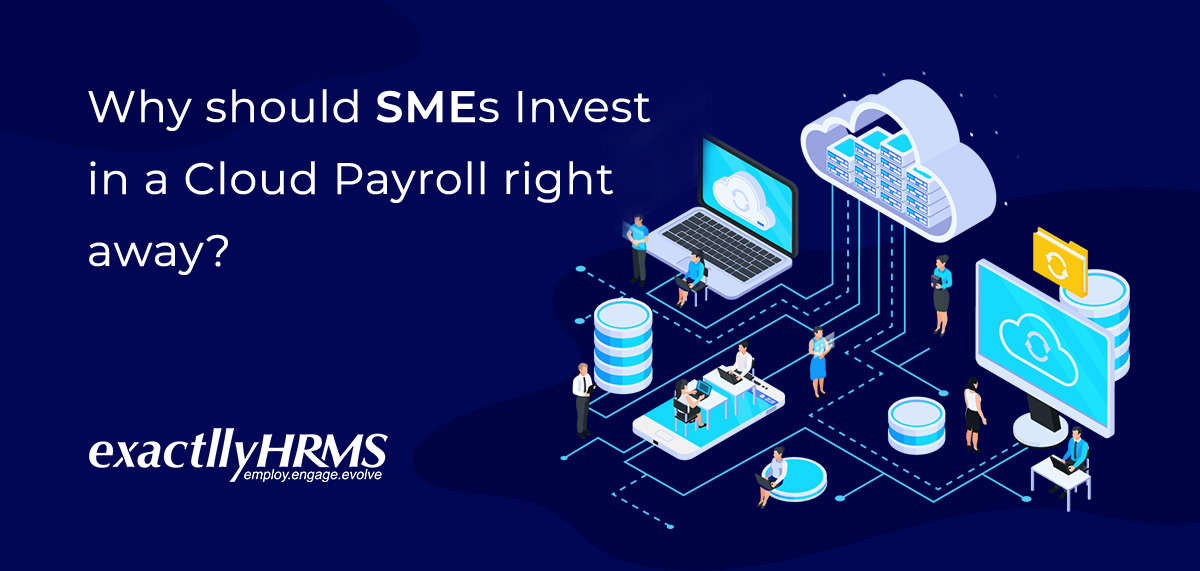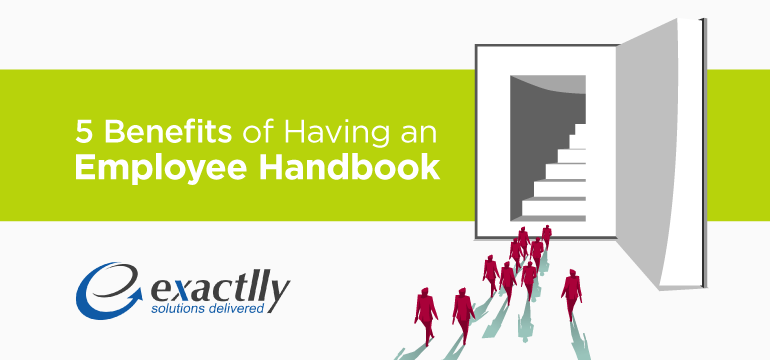Benefits of Attendance Management with HRMS
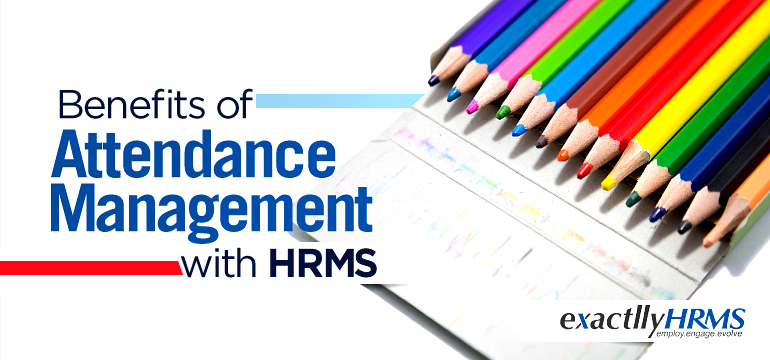
Attendance management is a critical HR function and it is essential to plan attendance to have control over employees’ time to minimize employee downtime in the organization. A good attendance record in an organization is reflective of good employee work culture. A poor attendance record, on the contrary, shows that there is some problem within the system. The problem could be either with the management or the employees.
Attendance management has evolved from traditional manual register entry to modern-day tools like punching machines and biometric identification. The attendance information so collected is stored in the database which can be used to generate employee payroll. But if the same tools are integrated with the HRMS system, it enhances the capability of the organization to manage attendance and increase productivity. HRMS can automatically import and process attendance data in a variety of formats. There are a number of other benefits of managing attendance in your HRMS.
Attendance Module in HRMS:
The attendance module in HRMS facilitates better timekeeping. With automated timesheets created by the system weekly or monthly, timesheet errors are nullified and project time management becomes easier. It enables accurate calculation of working hours which assists in payroll computation minus the errors. It incorporates late coming fines; minimum working hours for half-day; early go policy and extra time bonus. Work shifts can also be easily accommodated. Accordingly, it does automatic adjustment in payroll calculation. It eliminates human errors from attendance management.
Attendance Analytics:
HRMS creates real-time alerts and information for the managers to view their team’s regularity and punctuality records. The total number of employees present can be viewed instantly. A poor absenteeism record will help them to make the tough decisions on employees
Such records can be incorporated in the reports while evaluating the performance of the employees. They can take workforce deployment decisions depending on the analysis. Managers can effectively track their teams with the help of dashboards from anywhere. It helps in minimizing loss to the organization due to employee downtime.
Daily attendance reports can instantly be generated for individual employees, team-wise, department-wise and even location wise (when remote teams are in place). A comprehensive record of attendance can be used to generate crucial reports and take strategic decisions in HR policy-making by setting KPIs for evaluating employees.
Mobile Accessibility:
The composition of the workforce today is quite different. Some employees may have different reporting times. There are others who work from home. Field employees are likely to be on the run most of the time. With organizations going global, there has been a spurt in the number of remote employees as well. HRMS accommodates flexible working hours and adjusts to different circumstances to suit every employee. Most HRMS systems are accessible via mobile making it easy for employees to update and access information on their HR portal. They are enabled with self-service capabilities to log in to work hour related data online.
Finally, the potential of HRMS:
HRMS system goes much beyond generating automated records of attendance. Every kind of data related to a particular employee is integrated into a central database. This enables the HR managers to do complete employee management. There is nothing beyond the ambit of the system. It ensures systematic functioning, maintains organizational discipline, and regulation. Such a system is fair to all employees thereby ensuring employee loyalty and better work culture.

